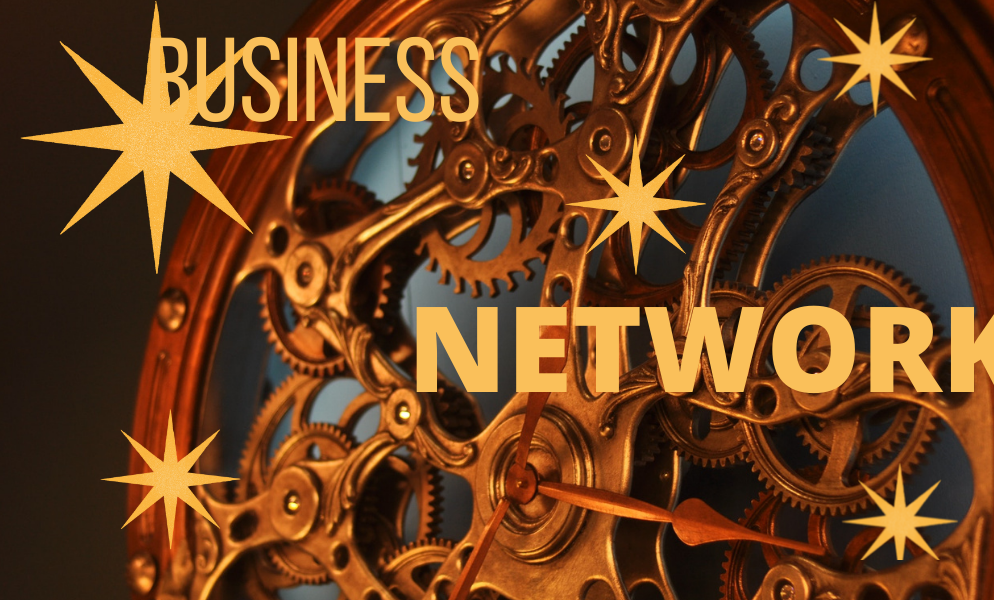About Business Transformation Supply Chain
I was reminded of this story because I was talking about it in a workshop on business transformation last week. I repeat it here because it will be relevant to many people fighting the hard corporate battle, many times without adequate backup. Here is the true incident without any build-up or embellishment. You have to allow for the fact that this incident is nearly 25 years old, and memory does fade after many years and varied experiences. Today, this incident almost seems like from a totally another life and place. I was sleeping in my cabin (about the same size as a studio apartment) when I heard shouts from the deck. On this particular ship, the chief mate's cabin was not too far above the deck, and since the ship was at anchor in a tropical paradise condition, I had left the portholes of my cabin open to allow fresh sea breeze in. In fact, the air conditioner was defective, and I had to keep the portholes open. I expected a peaceful night at anchor, but alas it was not to be. The sounds of other boats' or ships' engines never disturbed me. The shouts from deck did. Quartermaster (QM) on duty on the deck, and the Officer of the Watch (OOW) were both trying to wake up me, the Bosun, and other crew at the loudest of their voices. I hurriedly put on a T-shirt and rushed outside to the boat deck to get a picture of the situation. I immediately saw the Quartermaster (QM) and OOW standing on the deck holding a couple of large crow bars or similar implements trying to simultaneously repel boarders and wake up the crew. Two boats had come alongside. It is difficult to identify the intentions of the boats at sea, especially at night. Most are merely fishermen, petty traders, or offering goods or services to the crew. In high piracy prone areas the standing instructions at anchor are to never let a boat come alongside without challenge and permission. However, this was not a piracy prone area (I will not name the location because I have many good friends from this region and they are sensitive to any perceived criticism of this nature). QM and OOW were relaxed till they noticed one of the boats throwing a grappling hook over a gunwale (sort of deck railing). That was a clear sign of intransigence, and got QM worked up very quickly, who was shouting at top of his lungs from the deck. Seeing this, I rushed back into the accommodation, and grabbed the first useful looking implement, a fire axe. Meanwhile, the Bosun had also come on the boat deck with another bunch of crew - each with a useful implement that could be potentially used to defend the ship. Alarm was raised on ships horn, waking everyone up. A crew member was sent to lock all the accommodation doors from inside - barring one, which we were using. Almost the entire ships crew except for a few engineers and the Captain assembled on the port boat deck to defend the ship. One of the pirates' nimble 'associates' had scrambled over the taut rope - a steep vertical climb of about 20 feet - to the ships deck. He was in the act of pulling up a small rope ladder so that the rest of the lot could scramble up. We still had the advantage, this was the second best time to repel the boarders. The best time would have been to cut the rope from the grappling hook before the first person had boarded. ... Because this blog is getting too long - I have broken the story into two posts. The remainder of the incident is recounted in the blog titled Industrial Age Tools vs Information Age Weapons, which can be accessed by clicking on the link. That title does give away the key learning which is as follows: In another set of situations, I see people grappling with impossible odds with inadequate weapons all the time. I am talking about business transformations that I help companies with for the last 19 years since becoming a management consultant after my MBA. Traditional tools of industrial age - methodologies, knowledge, practices and power structures are regularly deployed to fight superior forces of information age. Most people do not know the difference between the information age weapons and the industrial age tools, till it is too late. Take a look at the graphic at the end of the blog. And, if you are still convinced that you have everything for the fight ahead - head out to Surveys Questions to confirm your opinion. On the other hand, if you are still taking stock of the situation, like I was doing from the boat deck before sending the repelling party out, These Surveys Questions will immediately give you the necessary information to formulate your game plan.management consultant with a top-tier strategy house after my MBA, I took his dictum to heart, and it served me well through several change management projects. Those who were most affected by change appreciated the fact that the change was managed in a sensitive and caring manner - rather than imposed abruptly. After a few years, when we started our current boutique consulting house, I started to notice another pattern. This was that many companies could accelerate their change management by skipping one entire generation of Supply Chain Management (SCM) in their efforts to make their businesses more modern. In other words, change management would entail moving from SCM 0.0 to SCM 1.0 or from SCM 1.0 to SCM 2.0 or from SCM 2.0 to SCM 3.0. On the other hand, many companies would want to take up an accelerated path - jumping 2 steps at a time - e.g. SCM 0.0 to SCM 2.0 or from SCM 1.0 to SCM 3.0. This enabled them to frequently leapfrog their competitors, and transform their businesses rapidly and systematically. This was nothing different from many companies skipping a generation of Microsoft Windows when they upgraded their operating systems - for example skipping Windows Vista and jumping from Windows XP to Windows 7.0. The reasons were different, yet the methods were similar. While change management entailed managing the downside for those who were affected by change, business transformation was more about understanding and managing resistance. By now, downside management has already become a big enough industry - just look at the number of large outplacement consulting houses, HR consultancies, and the booming business they do through the ups and downs of business cycles. Business Transformations will lead to a second boom in these. If a business keeps up with the SCM evolution and moves with it, there will be a greater need for leadership training, corporate cultural adjustment, collaboration training and less outplacement and redundancies. And, there will be a need for understanding, managing and using resistance to further business transformation. What is the nature of resistance? What is the reason? How to identify 4 different types of resistance? How to use resistance to accelerate positive business transformations? That will be the topic of my next blog.
New Companies Business Transformation Supply Chain





